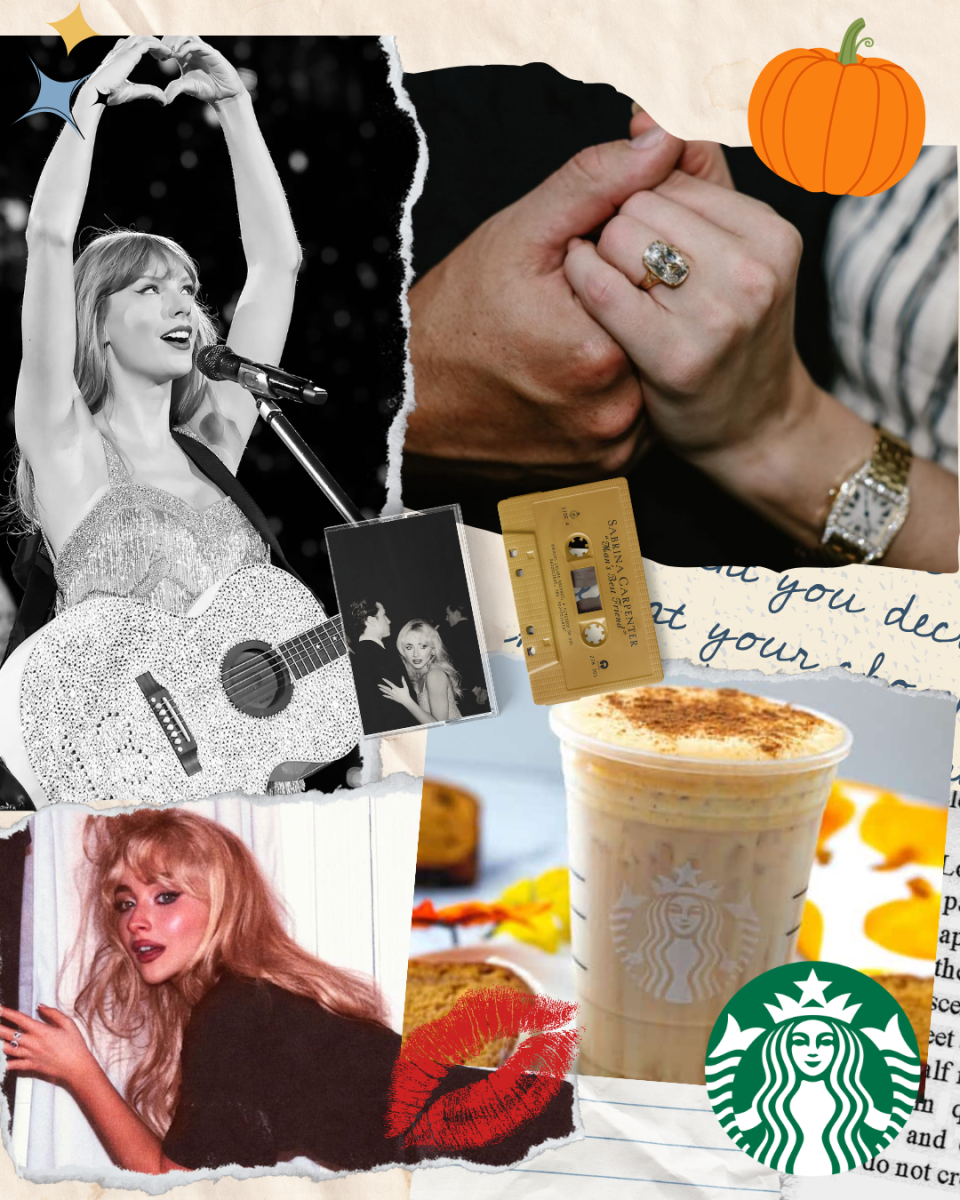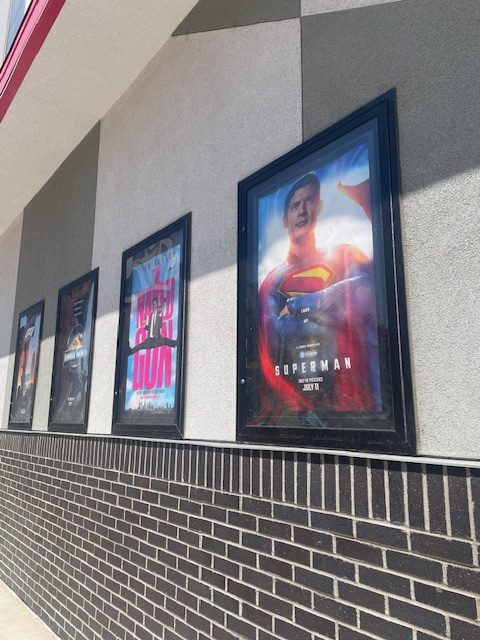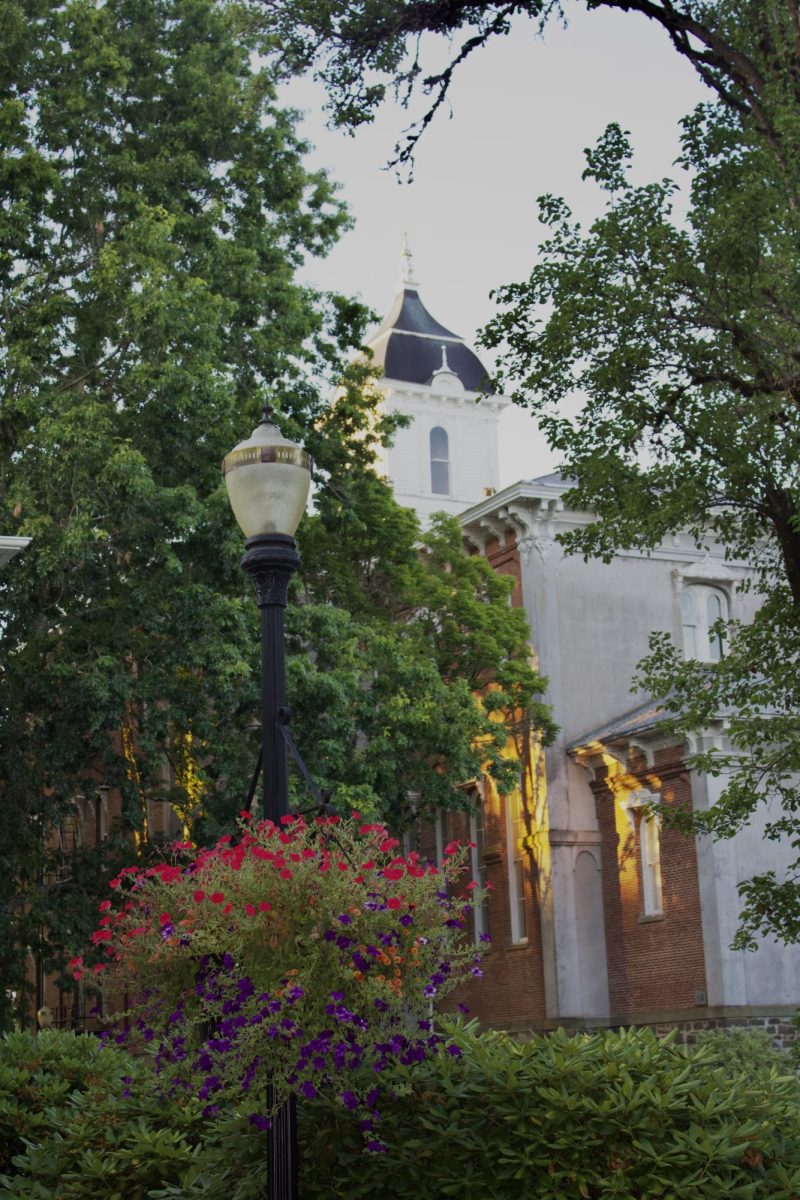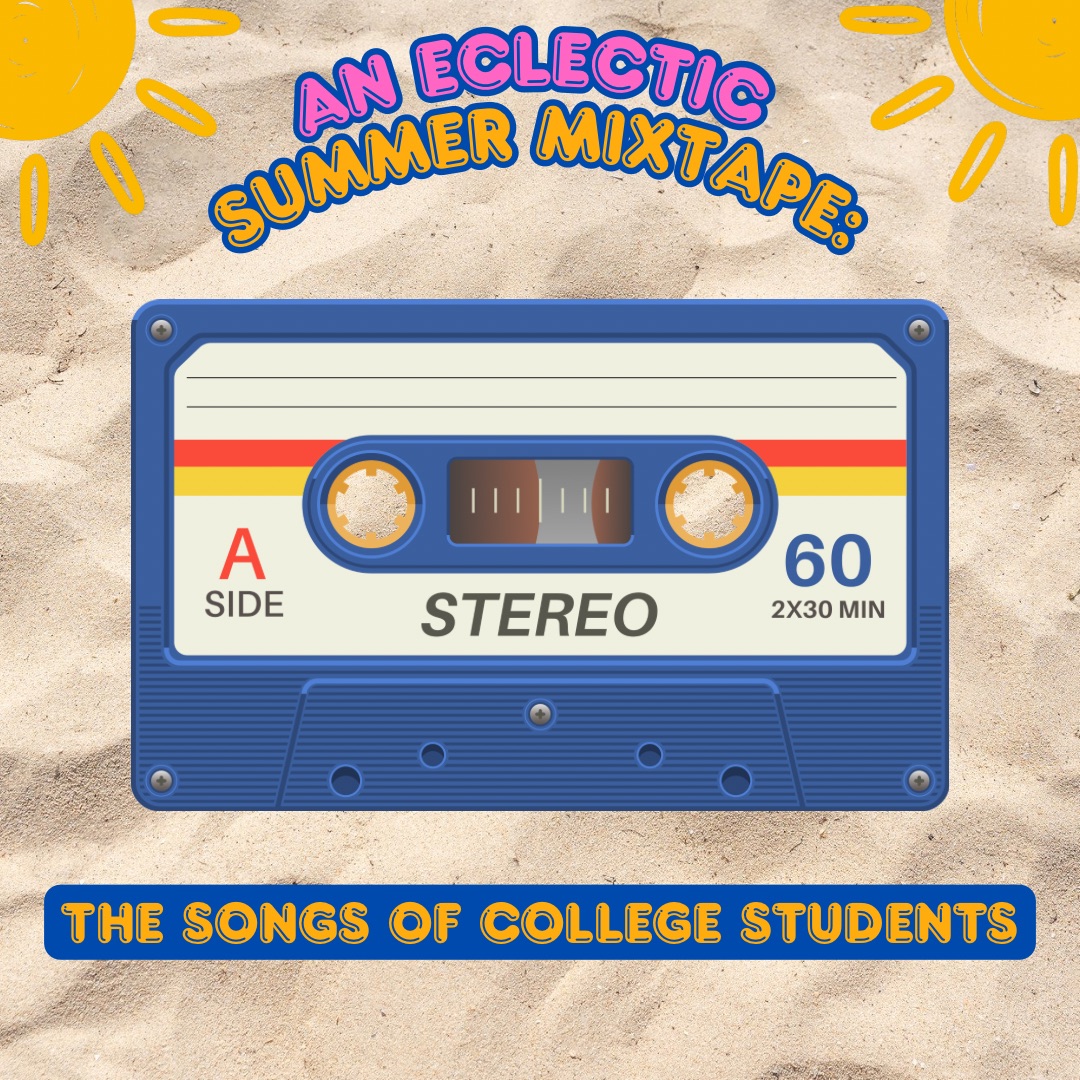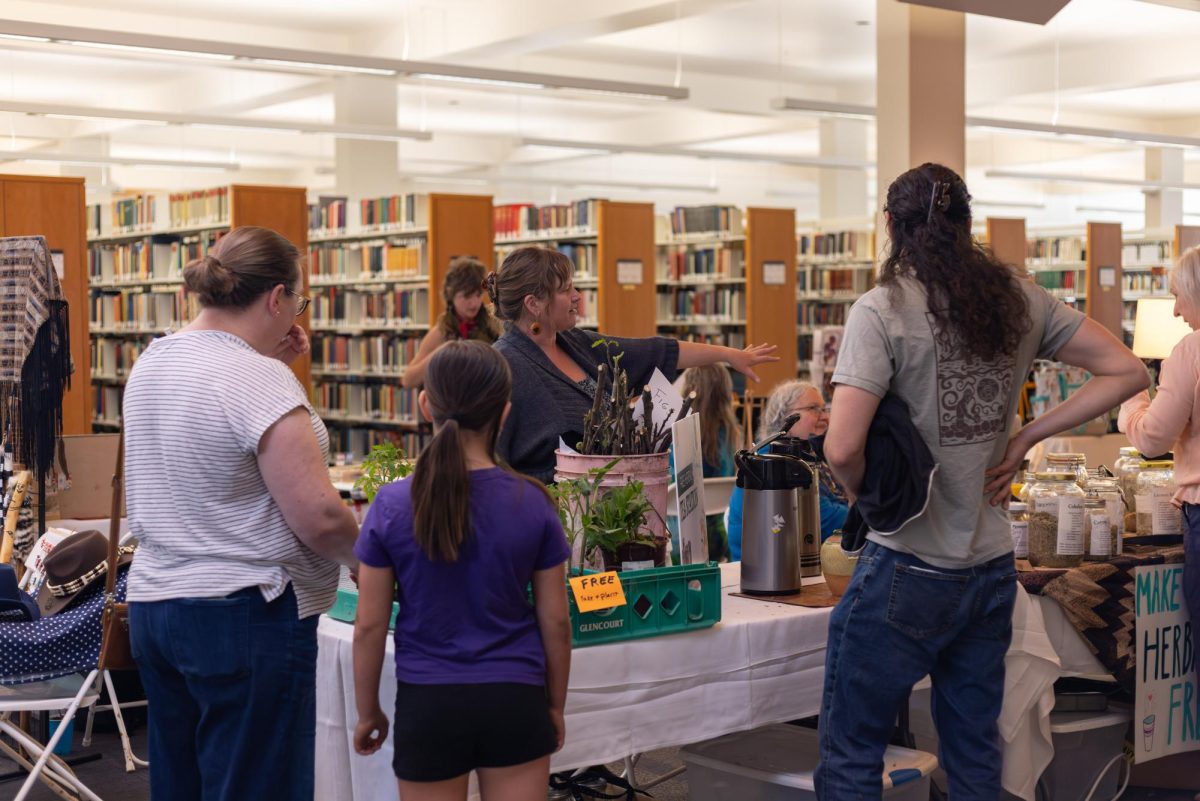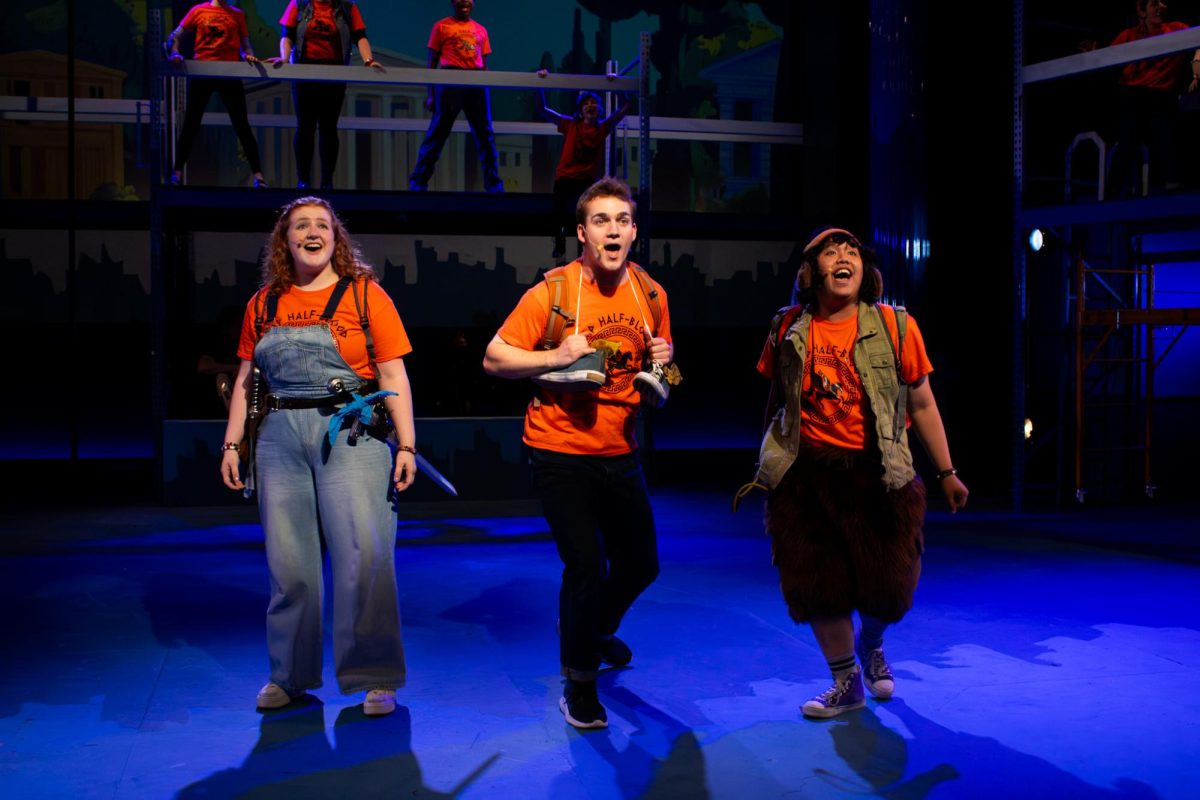When Jessica Lange, who plays a “Supreme” witch on “American Horror Story: Coven,” butts heads with her estranged daughter (Sarah Paulson), she does what any snarky mom with mystical abilities would do: she issues a threat.
“Don’t make me drop a house on you,” she hisses. Ah, there’s nothing like a blast of wry witch humor to keep viewers spellbound.
Get used to it. This fall has become the season of the witch on television, and not just for Halloween.
Magical sorceresses and she-devils are everywhere, from the latest version of Ryan Murphy’s “AHS” scarefest on FX, to the new Lifetime series, “Witches of East End.”
Witches also play prominent roles on “The Originals,” where they’re waging war with vampires. There’s a Salem-era witch on the breakout hit, “Sleepy Hollow,” and this weekend, Catherine Bell brings her charm to the latest installment of Hallmark’s “The Good Witch” movie series.
There’s even a new “Sabrina” cartoon for the kiddies on the Hub network.
So why the sudden uptick of toil and trouble? These days, viewers are obsessed with supernatural shenanigans in general, explains Julie D. O’Reilly, author of “Bewitched Again: Supernaturally Powerful Women on Television, 1996-2011.” And it just makes sense that witches get their moment in the spotlight.
“The genre goes through cycles,” she says. “We’ve obviously gone through an extensive vampire cycle and we’re not out of it yet.
We’ve had some werewolves and zombies, and some reinvention with those characters. Now we’re finally getting back around to witches.”
Tim Minear, an executive producer for “Coven,” believes audiences are drawn to witches in much the same way they’re attracted to superheroes.
“On some level, we wish we had super powers,” he says. “And like with, say, ‘The X-Men,’ everyone can relate to feeling like an outsider and we all have a longing for a family or a tribe.
Add some special power into that mix and you’ve got something.”
Witches on the small screen are nothing new, of course.
Ever since Samantha Stephens began twitching her nose and making life difficult for a couple of mortal Darrins, numerous female spell-casters have come and gone, from the quirky Sabrina Spellman (“Sabrina, the Teenage Witch”), to the increasingly dark and powerful Willow (“Buffy the Vampire Slayer”), and the Halliwell sisters of “Charmed,” right up through the witches who haunt “True Blood,” “The Vampire Diaries” and other shows.
For O’Reilly, Elizabeth Montgomery’s Samantha of “Bewitched” fame is still the leader of the pack.
“She was TV’s first featured female character with powers and she remains the archetype for all the witches who have followed,” she says. “Even though the show was campy and corny, it was ahead of its time in that it depicted her as the strong one and Darrin as the bumbling one.
She was the backbone of the family in a lot of ways. She had the power in the relationship and was the one who made things happen.”
With casts dominated by women of various ages, “Coven” and “East End” continue that feminist bent, but do so in dramatically different ways. “Coven” is intense, scary and occasionally disturbing.
“East End,” based on a best-selling novel by Melissa de la Cruz, is relatively light and romantic, with some occasional shudders tossed in.
Chuck Barney / Contra Cosa Times

